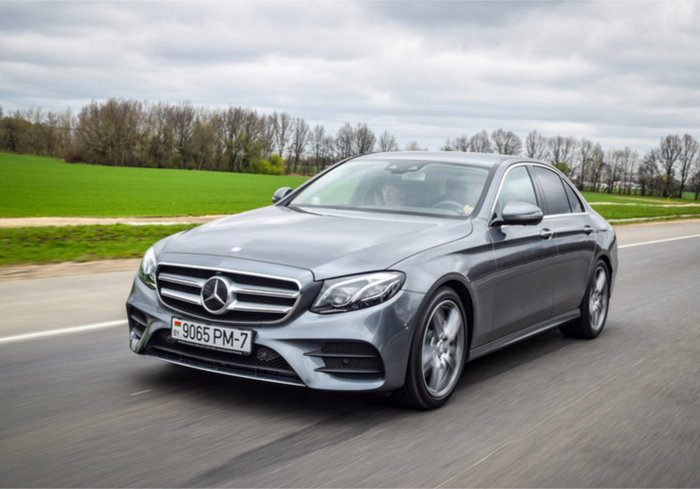
Will younger consumers ever know the unique joy of learning to drive on a gas-guzzling Detroit beater — one of those big cars that were more like boats than automobiles, and which might have left one stranded on a Friday date night because of an ill-timed radiator leak? Probably not.
Unless one is nostalgic about cars and trucks, and gearhead and cruising cultures (not that such an attitude is the worst thing in the world), that’s probably a good thing — not only for those drivers, but for payments and commerce operators. There is a growing pot of revenue becoming available to legacy and newer companies that able to figure out how consumers, especially the ones without too much grey hair, want to drive and, otherwise, interact with automotive technology.
Millennials Want To Own
The good news is this: There is a growing body of data, not all of it blatantly self-serving, that indicates millennials do want to own vehicles and not just share them — nor tie their lives to ridesharing services such as Lyft and Uber. One report from TransUnion said that consumers between the ages of 21 and 34 are “taking out new auto loans at a 21 percent higher rate than Gen X borrowers did when they were that age.”
Ezra Becker, senior vice president of research and consulting for TransUnion, said, “Unless you live in a place where public transportation is effective and convenient, you still need a car.”
Part of the reason stems from changing loan terms. When Gen X consumers started shopping for cars and trucks, typical loans offered five years to repay them.
“Now, you can get a seven-year loan, which lets a lot of consumers manage their cash flows better,” Becker said. That results in higher interest and total loan amounts, of course, but longer repayment periods can appeal to consumers not yet at their peak earning years.
Safety Concerns
It’s not only the terms of auto loans that have changed. The way younger drivers — often still under the guidance of their parents — are buying cars is undergoing a transformation.
“In the past, families generally looked for the oldest, largest and cheapest car possible — ‘slow, big and ugly,’” said Alex Epstein, director of transportation safety at the National Safety Council, a nonprofit group, according to a recent report in The New York Times.
The good news is that digital technology — including the software behind the connected car boom, and along with the related equipment (such as manufacturing materials and methods) — is making vehicles safer even for inexperienced drivers, assuming they avoid texting and other distractions, of course. Modern automotive safety is not cheap, though, The New York Times noted.
“The catch is the cost. Blindspot warning, for example, is not yet standard on all cars, and may be available on some models only as an expensive upgrade,” the newspaper reported.
Car Vending
Millennials can also be reached via their preference for constant connection — at least that is what car manufacturers are betting on. Toyota’s plan to attract youthful consumers — the average owner of a Corolla sedan is reportedly 70 years old in Japan — involves coming out with new models that are considered fully connected, via a mix of old and new technology that might not only appeal to younger drivers, but be considered essential by them.
In addition, the ongoing, take-no-prisoners rise of online shopping is changing the way people, including those younger drivers, are buying automobiles. Look no further than Carvana, the eCommerce platform for buying and selling used cars. Late last month, the company said that it launched its largest Car Vending Machine to date, located in the company’s hometown of Tempe, Arizona.
For people born in the muscle car age (or even automotive fans who learned to drive without the benefit of seatbelts, automatic transmissions and power steering), such a delivery method — and the process behind it — can still turn a head or two.
Customers who go to Carvana.com or use the mobile app can shop through more than 10,000 vehicles, finance the car, purchase it and schedule delivery as soon as the next day, or arrange the Car Vending Machine pickup. The process, said Carvana, can take as little as 10 minutes. Upon arriving at the Car Vending Machine, customers receive a Carvana coin to activate the vending machine process and transport the car into the delivery bay. The pickup process typically takes only minutes, according to the company — much shorter than in a dealership.
The next big step, of course, is the rise of self-driving automobiles, and its probable spread to mainstream consumers of all income levels. Maybe by then, the millennial drivers — who are justifiably the focus of so much research, marketing and thought from payments, commerce and automotive authorities now — will have their own forms of car nostalgia.